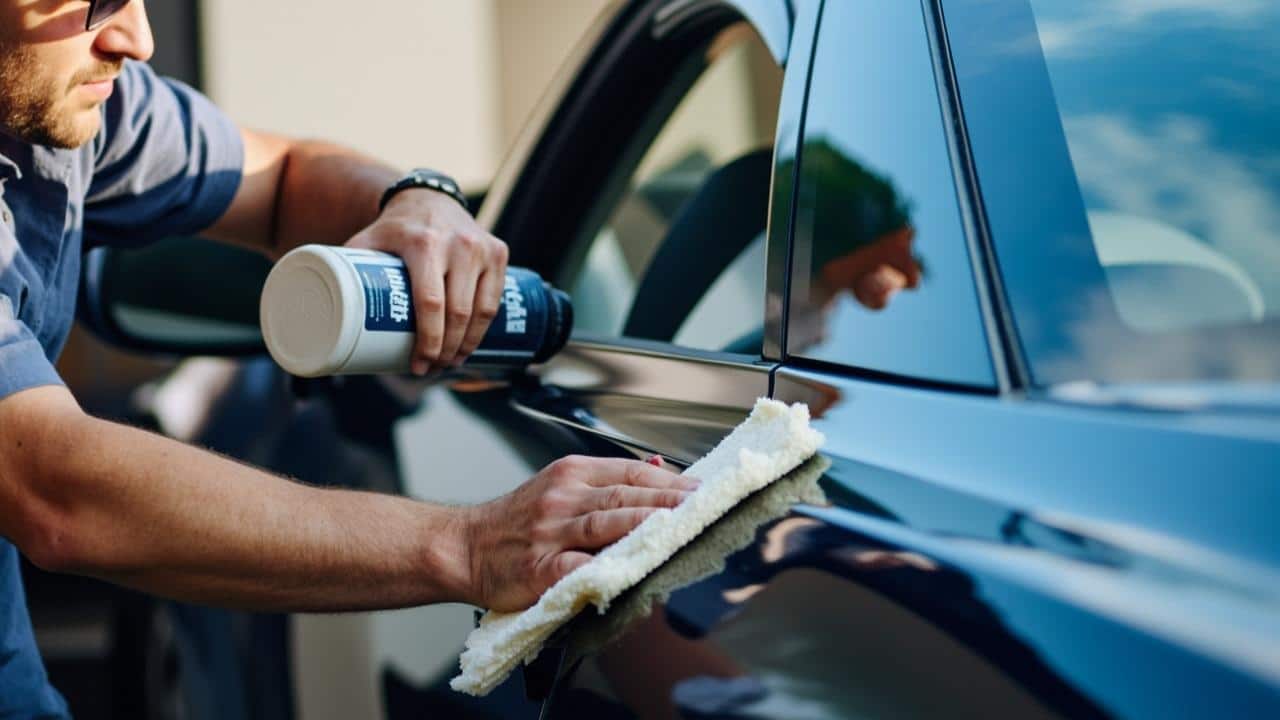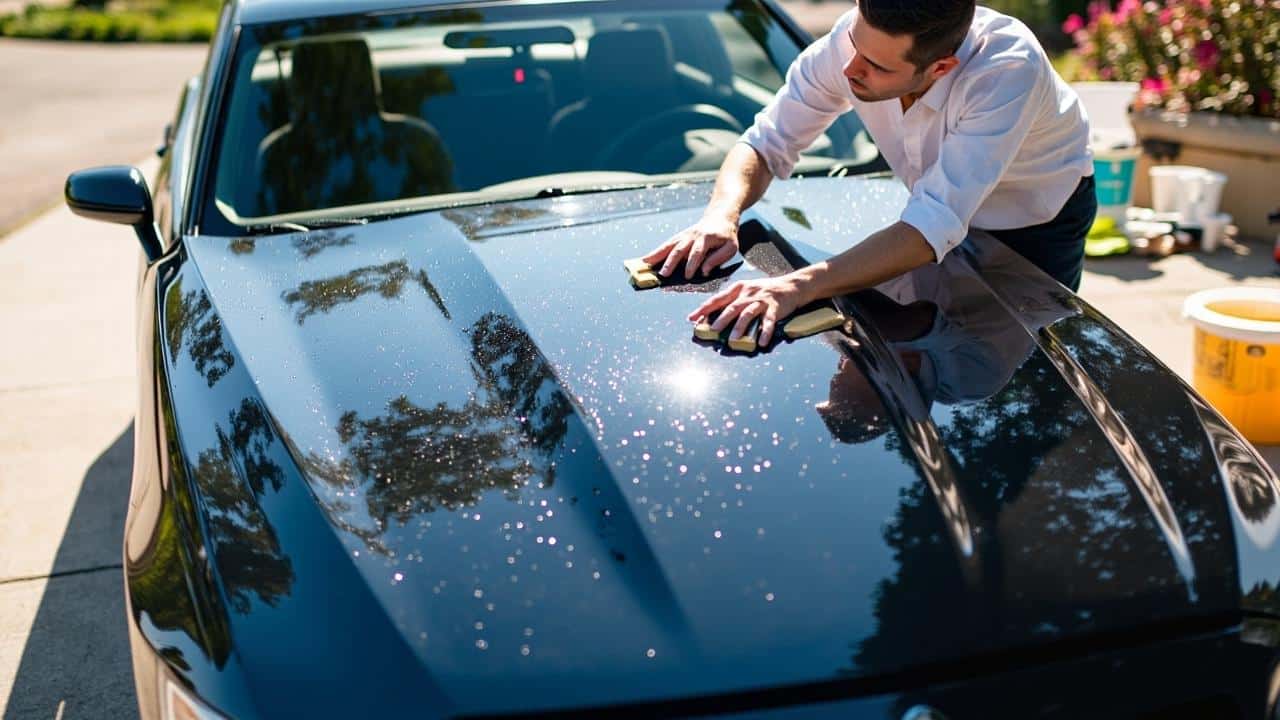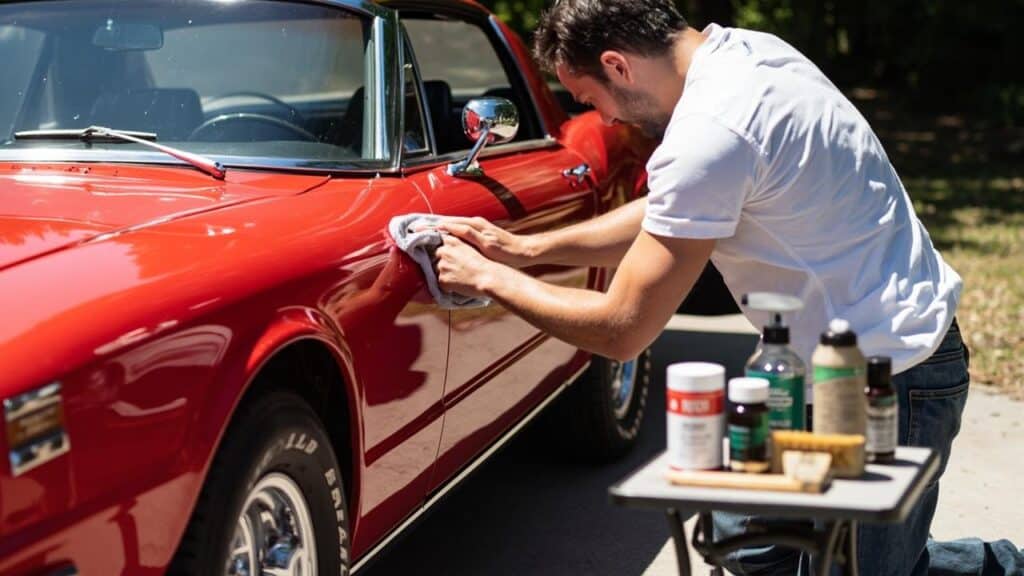Introduction
Need quick cash? Thinking about upgrading your ride? Or maybe you’re just ready to say goodbye to that old vehicle taking up space in your driveway. Whatever the reason, selling your car is a common scenario, and many people want to get top dollar for your car.
Selling a car privately can feel like a second job. There’s the endless stream of online ads to manage, the time spent scheduling viewings, and the often uncomfortable haggling process. Not to mention the safety concerns that come with inviting strangers to your home.
Cash buyers offer a tempting alternative: a fast, convenient way to get rid of your car and put money in your pocket. But before you jump at the first offer, it’s important to know how to maximize your return.
The key is to approach the process strategically. While cash buyers prioritize speed and ease, that doesn’t mean you have to leave money on the table. By taking a few simple steps, you can significantly increase the amount you receive for your vehicle. The used car market is vast and ever changing and the more prepared you are, the better the result.
In this article, we’ll reveal five essential tips that will empower you to negotiate with confidence and get the most money from cash buyers. From preparing your car to understanding its true market value, these strategies will help you navigate the process and drive away with a winning deal.
Tip #1
First impressions matter, especially when you’re trying to get top dollar for your car. Think about it: a buyer is much more likely to offer you a better price if your car looks like it has been well cared for. A clean and detailed car sends a message that you’ve been diligent about maintenance and overall care, making them feel more confident in their purchase. They’ll perceive less risk, which translates to more money in your pocket.
Exterior Detailing: Shine On.
The exterior is the first thing a potential buyer sees. Start with a thorough wash to remove dirt, grime, and road salt. Next, consider waxing your car. Waxing not only protects the paint but also gives it a glossy shine that makes it look newer. Don’t forget the tires.
Use a tire cleaner and shine product to make them look fresh. If your headlights are cloudy or yellowed, invest in a headlight restoration kit. Clear headlights dramatically improve the car’s appearance. These steps, whether done yourself or professionally, significantly enhance the perceived value of your vehicle. A basic DIY detail might cost you around $20-$50 in supplies, while a professional detail could range from $100-$300 depending on the services included.
Interior Detailing: A Breath of Fresh Air
The interior is where the buyer will imagine themselves driving, so it needs to be spotless. Start by removing all personal belongings and clutter. Vacuum every nook and cranny, including under the seats and in the trunk. Clean the upholstery, whether it’s cloth or leather. Address any stains on the carpets with a stain remover.
Polish the dashboard and other hard surfaces with an appropriate cleaner. Finally, use an air freshener to eliminate any lingering odors. Common problem areas like stained carpets or cracked dashboards can be addressed with specific cleaning products or repair kits. Presenting a clean interior shows pride of ownership and makes the car more appealing.
Tip #2
The Power of Paperwork
When you’re looking to sell your car quickly, presenting yourself as organized and trustworthy is crucial. Nothing screams “I’ve taken care of this vehicle” like a neatly organized folder brimming with documentation.
Think of it as your car’s resume – it showcases its history and proves you’ve been a responsible owner. By having all your ducks in a row, you demonstrate to the cash buyer that you’re transparent and have nothing to hide, potentially influencing them to offer *top dollar for your car*.
Essential Documents to Assemble
The cornerstone of your car’s documentation is the title. Ensure it’s clear, free of any liens, and readily available. A title with issues can significantly delay the sale and decrease the offered price. Next, gather all maintenance records.
Oil changes, tire rotations, brake repairs – every receipt tells a story of diligent care. A comprehensive history demonstrates that you’ve proactively maintained the vehicle, reducing the buyer’s perceived risk of future problems. Finally, consider obtaining a vehicle history report from services like Carfax or AutoCheck. These reports provide a comprehensive overview of the car’s past, including accident history, title issues, and odometer readings.
Addressing Missing Paperwork
Life happens, and sometimes documents get misplaced. If you’re missing the title, contact your local Department of Motor Vehicles (DMV) to request a duplicate. Be prepared to provide identification and potentially pay a small fee. As for missing maintenance records, try contacting the service shops where you had the work done.
They may have digital records that they can provide. While obtaining these replacements takes time, it’s a worthwhile investment that can significantly increase your car’s perceived value and help you *get top dollar for your car*. The effort you put in to gather and present this paperwork shows the buyer that you’re serious and honest, leading to a smoother transaction and potentially a better offer.

Tip #3
Researching the market value of your car is a critical step in ensuring you aren’t leaving money on the table when selling to a cash buyer. Without knowing the approximate worth of your vehicle, you are at a significant disadvantage and could easily be lowballed. Think of it like trying to sell a house without looking at comparable sales in your neighborhood – you wouldn’t do it.
The same principle applies to selling your car. Knowledge is power, and in this case, it translates directly to dollars in your pocket.
Fortunately, there are several reliable resources available to help you determine your car’s market value. Kelley Blue Book (KBB) and NADAguides are two of the most well-known and respected sources. These online tools allow you to input specific information about your car, such as its year, make, model, mileage, condition, and optional features.
Based on this information, they provide an estimated value range. It’s essential to be as accurate and honest as possible when entering this data to get the most realistic valuation. Remember that these are just estimates, but they provide a solid starting point for negotiation.
Several factors can affect your car’s value, so be sure to consider them when using valuation tools. Mileage is a significant factor, as higher mileage typically equates to lower value. The condition of your car is also crucial; a well-maintained vehicle in excellent condition will command a higher price than one with cosmetic damage or mechanical issues. The trim level (e.g.
base model, premium, limited) and optional features (e.g. leather seats, sunroof, navigation system) also play a role in determining the final value. Finally, your location can also impact the price, as market demand can vary by region. Keeping all these factors in mind will help you to get.
| Valuation Factor | Impact on Value |
|---|---|
| Mileage | Higher Mileage = Lower Value |
| Condition | Excellent Condition = Higher Value |
| Trim Level & Options | Premium Trim & Options = Higher Value |
| Location | High Demand Area = Higher Value |
Tip #4
Negotiation is a crucial part of selling anything, and your car is no exception. Walking into a negotiation without a plan is like going into battle unarmed. Arm yourself with knowledge and a clear strategy to increase your chances of getting what your car is truly worth.
Start by highlighting your car’s strengths. Has it been meticulously maintained? Does it have exceptionally low mileage for its age? Is the interior spotless thanks to your diligent cleaning efforts? Remind the buyer of these positive attributes.
Don’t be afraid to showcase the things that make your car stand out from the competition. At the same time, be honest about any known issues. A pre-existing dent or a minor mechanical problem won’t necessarily kill the deal, but trying to hide it will damage your credibility and likely lead to a lower offer later on. Transparency is key to building trust, even in a negotiation.
Finally, before you even start talking numbers, decide on your walk-away point. What’s the absolute lowest price you’re willing to accept? Once you have that number in mind, stick to it.
It’s easy to get caught up in the moment and cave to pressure, but knowing your bottom line will prevent you from making a decision you later regret. It also allows you to confidently walk away if the buyer isn’t willing to meet your minimum, signaling that you’re serious and know your car’s value.
| Negotiation Tip | Description |
|---|---|
| Highlight Strengths | Remind the buyer of positive attributes like maintenance and low mileage. |
| Acknowledge Weaknesses | Be honest about known issues to build trust. |
| Set a Walk-Away Point | Determine your lowest acceptable offer beforehand. |
Tip #5
The key to securing top dollar for your car lies in understanding the power of competition. Don’t make the mistake of accepting the very first offer that comes your way. Just as you would compare prices when shopping for any other significant purchase, treat selling your car the same way.
By soliciting multiple bids from different cash buyers, you create a competitive environment that drives up the potential sale price. Settling for the first offer is essentially leaving money on the table.
Finding these cash buyers requires some initial effort. Start by exploring online directories specifically designed to connect sellers with reputable car buying services. Local dealerships often have programs for buying used cars for cash, so reach out to several in your area. Don’t overlook dedicated car buying services, as they frequently offer competitive pricing and streamlined processes. Each option presents its own set of advantages and potential drawbacks, so it’s important to research their reputations and customer reviews.
When comparing the offers you receive, don’t focus solely on the dollar amount. Pay close attention to the terms of the sale, as they can significantly impact the overall value. Consider the convenience of pickup arrangements, ensuring they align with your schedule and preferences.

Scrutinize the payment method to guarantee a secure and timely transaction. A slightly lower offer with a more convenient pickup and guaranteed payment might be preferable to a higher offer with less favorable terms. Use these competing offers as leverage to negotiate a better deal, making sure to communicate the existence of other bids to each potential buyer.
Understanding the Cash Buyer Process (What to Expect)
The process of selling your car to a cash buyer might seem straightforward, but understanding what to expect can make the transaction smoother and more transparent. It’s not just about handing over the keys and receiving a check; several steps are involved, each with its own considerations. Being informed ensures you are prepared and confident throughout the sale.
The initial step usually involves the buyer conducting an inspection of your vehicle. Be upfront about any known issues. Honesty during this phase builds trust and prevents potential renegotiations later. Expect the buyer to thoroughly examine the car’s mechanics, body, and interior.
They may also take it for a short test drive. If you’ve followed the earlier tips – cleaning, gathering documentation, and researching market value – this inspection should go smoothly, helping you *get top dollar for your car*. This is the buyer’s chance to verify the information you’ve provided and assess the vehicle’s overall condition.
Following the inspection, the cash buyer will present you with an offer. This offer is often based on their assessment of the car’s condition, market value, and any necessary repairs. Remember, this is a negotiation point, so be prepared to discuss the offer.
- Did you highlight your car’s strengths?
- Did you acknowledge any issues honestly?
Once you agree on a price, the next step involves completing the necessary paperwork. This typically includes signing the title over to the buyer and completing any other required transfer documents.
- Double-check all documents for accuracy.
- Ensure all fields are correctly filled out before signing.
Finally, you’ll receive payment for your vehicle. Most cash buyers offer payment via check or bank transfer. Confirm the payment method and timeline with the buyer to avoid any surprises.
Conclusion
Selling your car for cash offers a swift and straightforward solution when you need to offload a vehicle quickly. By following these five essential tips, you can confidently navigate the process and secure a fair price. Remember, a little preparation goes a long way. Detailing your car, gathering your documentation, and researching the market value are crucial steps in demonstrating its worth and building trust with potential buyers.
Furthermore, don’t underestimate the power of negotiation and competition. Arm yourself with knowledge, be prepared to highlight your car’s strengths, and be willing to walk away if an offer doesn’t meet your expectations. By shopping around and obtaining multiple quotes from different cash buyers, you create leverage and increase your chances to get *top dollar for your car*.
So, whether you’re looking to upgrade, declutter, or simply free up some cash, remember that selling your car for cash doesn’t mean settling for less. By implementing these strategies, you can unlock the value of your vehicle and enjoy a smooth, rewarding selling experience. Start the process of selling your car for cash today.
Frequently Asked Questions
I can get for my car?
The amount you can get for your car depends on several factors. These include the car’s make, model, year, mileage, condition (both mechanical and cosmetic), and current market demand. Researching similar vehicles for sale online will provide a better estimate of its potential value.
How do I prepare my car to get the most money when selling?
To maximize your car’s selling price, thorough preparation is key. Start by detailing the interior and exterior, addressing any minor cosmetic issues like scratches or dents. Ensure all scheduled maintenance is up-to-date and provide records. A clean, well-maintained car signals value to potential buyers.
What documentation do I need to get top dollar for my car?
To achieve the highest price for your car, gather all relevant documentation. This includes the title (ownership document), service records, and owner’s manuals. If you have them, include receipts for any recent repairs or upgrades. This documentation provides transparency and instills confidence in potential buyers.
What are some common negotiation tactics used when trying to buy a car for less, and how can I counter them to get top dollar?
Buyers often use tactics such as pointing out minor flaws to justify a lower price or claiming they have found similar cars for less. Counter these tactics by highlighting your car’s strengths, presenting your research on comparable vehicles, and standing firm on your price if you believe it is fair.
Is it better to sell my car privately or to a dealership to get top dollar?
Selling privately often yields a higher price than trading in to a dealership. Private buyers are typically willing to pay more than a dealer who needs to factor in reconditioning and profit margins. However, private sales involve more effort, including advertising, scheduling showings, and handling paperwork.

